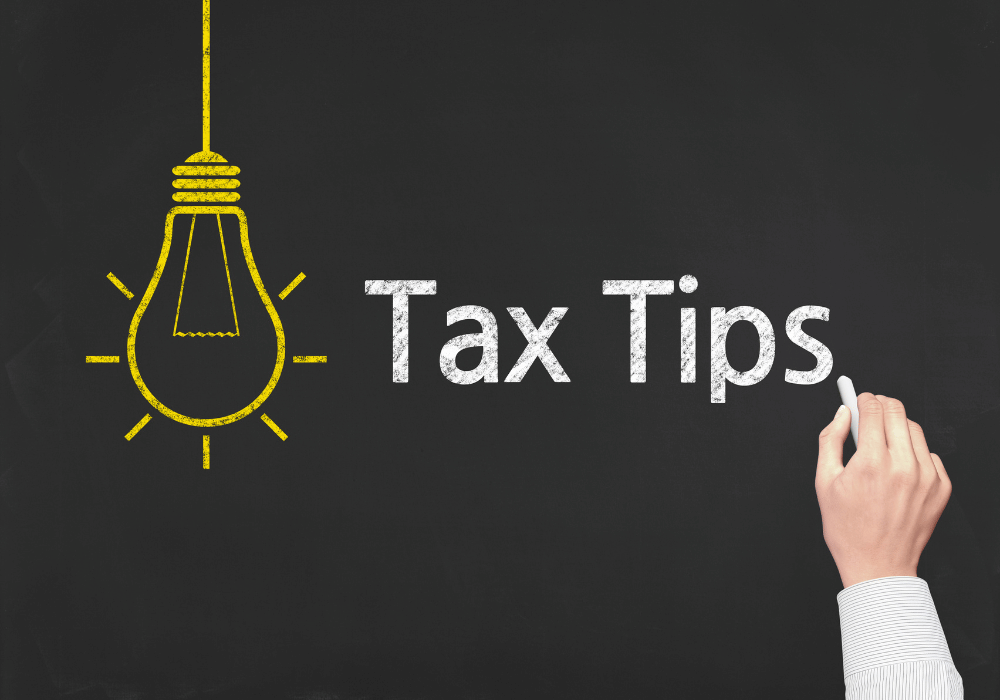Navigating the world of quarterly taxes can be tough for small business owners, freelancers, and self-employed individuals. Yet, staying on top of these payments is crucial to avoiding penalties and ensuring your financial health. This guide will break down everything you need to know about quarterly taxes, from identifying if you’re required to pay, marking essential deadlines, calculating payments, and common mistakes to avoid. By the end, you’ll feel confident and equipped to keep your taxes on track.
 Understanding Quarterly Taxes for Small Businesses
Understanding Quarterly Taxes for Small Businesses
Quarterly taxes, also referred to as estimated taxes, are periodic payments made to the Canada Revenue Agency (CRA) throughout the year. These taxes are your way of paying as you earn, rather than handing it all over during tax season.
Why bother? Well, Canada’s tax system operates on a “pay as you go” basis. If you earn income without having taxes automatically deducted—like through a salary—it’s up to you to ensure you’re paying these taxes on time.
By paying quarterly, you not only keep the CRA happy but also avoid steep penalties and interest for underpayments.
Who Needs to Pay Quarterly Taxes?
Not everyone has to deal with quarterly tax payments. Here’s a quick checklist to help you determine if you’re required to pay them.
You likely need to pay if:
- You’re self-employed, a freelancer, or a small business owner.
- You earn income through dividends, rental properties, or investments.
- You don’t have taxes automatically withheld from your income, such as in traditional employment.
- You expect to owe more than $3,000 in taxes for the year ($1,800 if you live in Quebec).
If you fall into any of these categories, the CRA expects you to make quarterly payments. If you’re unsure, consult a tax professional to avoid unnecessary hassles.
Key Dates and Deadlines
Mark your calendar with these crucial quarterly tax deadlines. Missing a deadline could lead to penalties, so staying organized is key!
Quarterly Installment Deadlines for 2023:
- March 15 – Covers income from January 1 to March 31.
- June 15 – Covers income from April 1 to June 30.
- September 15 – Covers income from July 1 to September 30.
- December 15 – Covers income from October 1 to December 31.
Tip: If the due date falls on a weekend or public holiday, your payment is due on the next business day.
Calculating Estimated Taxes
Now the big question—how much should you pay? Estimating taxes can be daunting, but here’s how to break it down step by step.
1. Calculate Your Income:
Gather all sources of income, including self-employment earnings and investments.
2. Determine Your Deductions:
Subtract deductible expenses, such as home office costs, equipment, or business-related travel.
3. Estimate Your Taxable Income:
Your taxable income is what’s left after deductions.
4. Apply Tax Rates:
Use the appropriate federal and provincial tax rates to calculate how much tax you owe. Don’t forget to account for CPP and EI contributions if you’re self-employed.
5. Divide by Four:
Once you’ve calculated your estimated annual taxes, divide that number by four to get your quarterly payment amount.
Simplify this process with tax software or consult an accountant for an accurate calculation.
Payment Methods
Paying your quarterly taxes is easy, thanks to the multiple payment options offered by the CRA. Choose the one that works best for you!
 Online
Online
Use the CRA’s “My Payment” tool, available through your online banking or credit card. This is one of the fastest and most convenient methods.
Prefer the old-school way? Mail a cheque along with Form RC160 (Remittance Voucher). Ensure it’s postmarked by the due date to avoid penalties.
Phone
Some Canadian banks offer the option to pay via telephone banking. Check with your financial institution for this feature.
Pre-Authorized Debit:
Set up automatic payments through your CRA My Account. This option makes it easier to never miss a deadline.
Common Mistakes to Avoid
Even with the best intentions, mistakes happen. Avoid these common pitfalls to keep your quarterly taxes stress-free.
1. Underestimating Your Taxes:
If you underestimate and underpay, the CRA may charge interest and penalties. Use your previous year’s income as a benchmark when in doubt.
2. Missing Deadlines:
Late payments add up quickly due to interest and penalties. Set reminders or alerts to stay on top of deadlines.
3. Failing to Account for All Income:
Forgetting to report all income sources can lead to problems. Keep detailed records to ensure nothing is overlooked.
4. Neglecting Business Deductions:
Many small business owners forget to claim home office expenses, internet costs, or vehicle mileage. These deductions can significantly lower your tax bill.
5. Not Consulting a Professional:
If your situation is complex, don’t hesitate to seek help from a tax accountant or financial advisor.
Quarterly taxes may feel like a chore, but with the right tools and mindset, they can become a seamless part of running your business. By staying organized, adhering to deadlines, and consulting resources, you can keep your finances in check and avoid penalties. Want to make tax time even smoother? Consider working with a tax professional to tailor strategies to your unique business needs. Remember, with good planning, taxes don’t have to be stressful.
